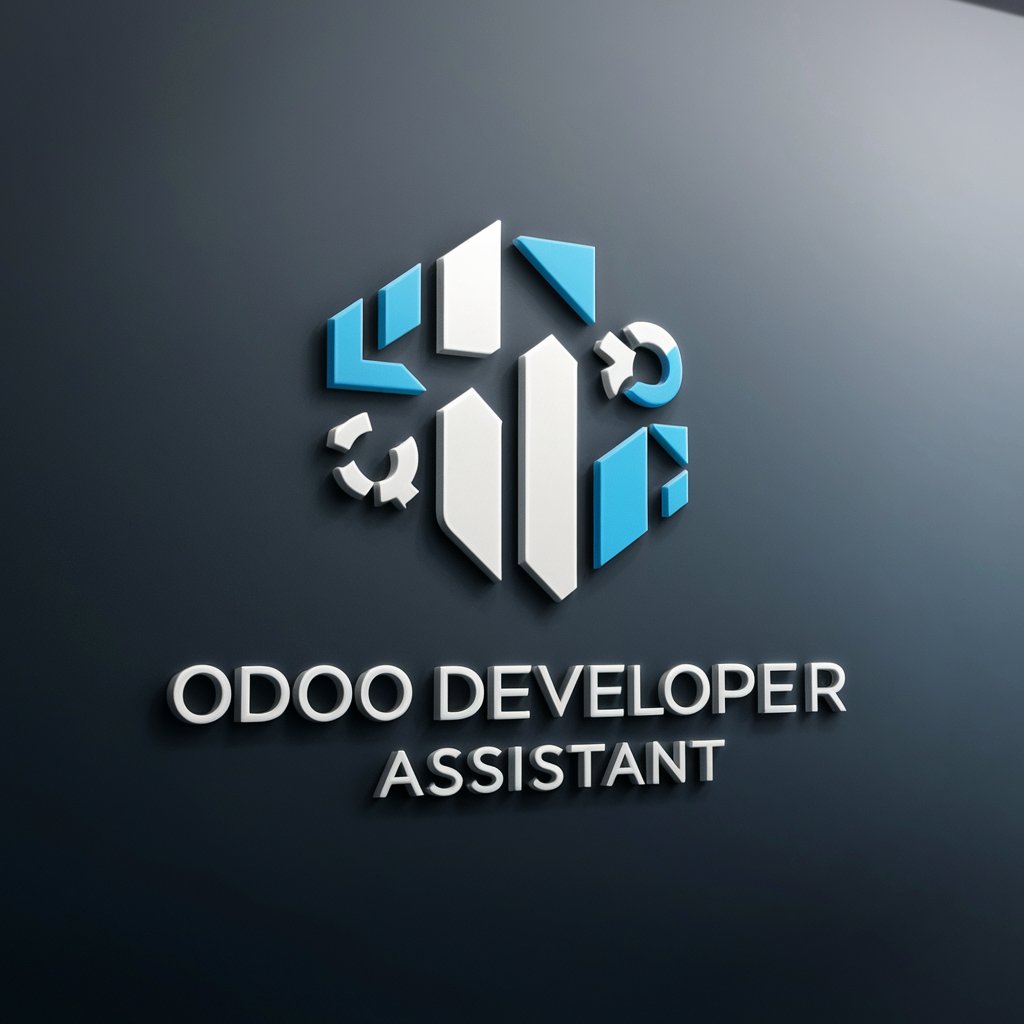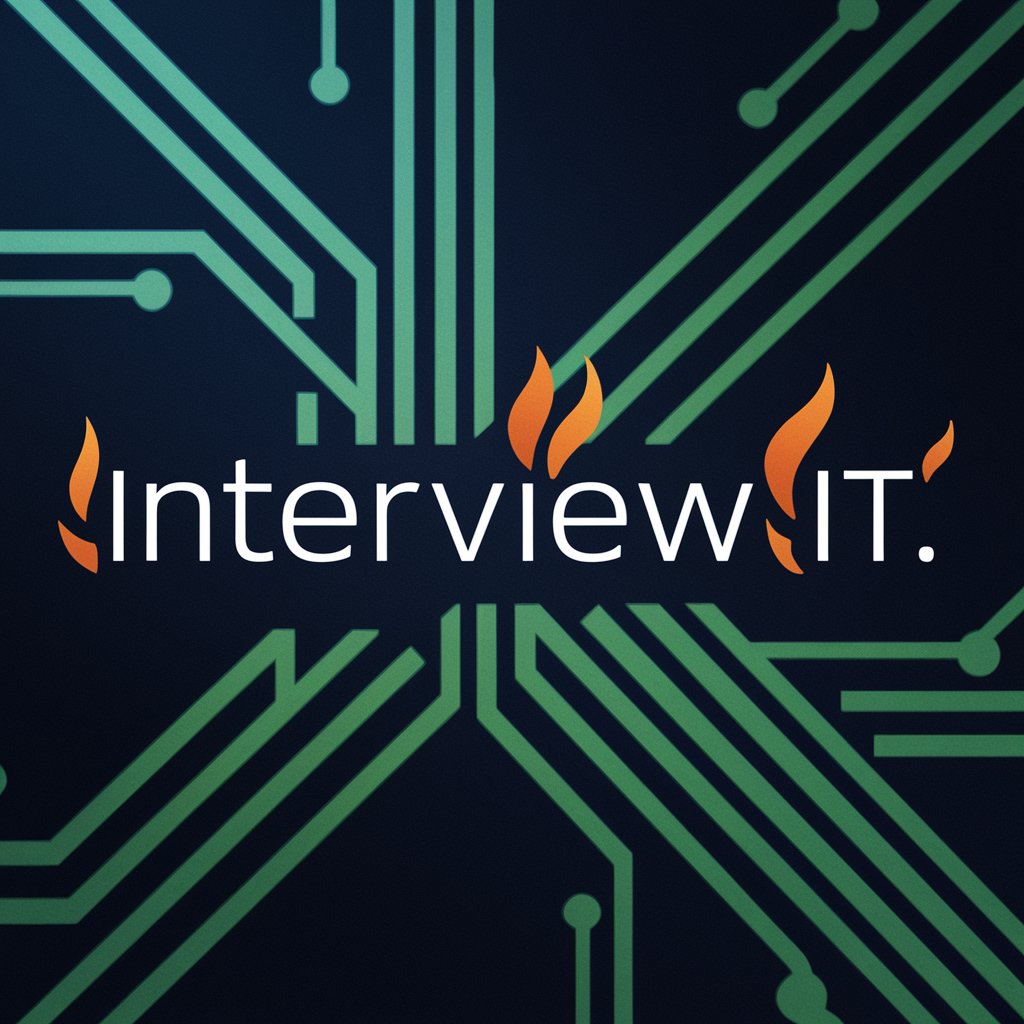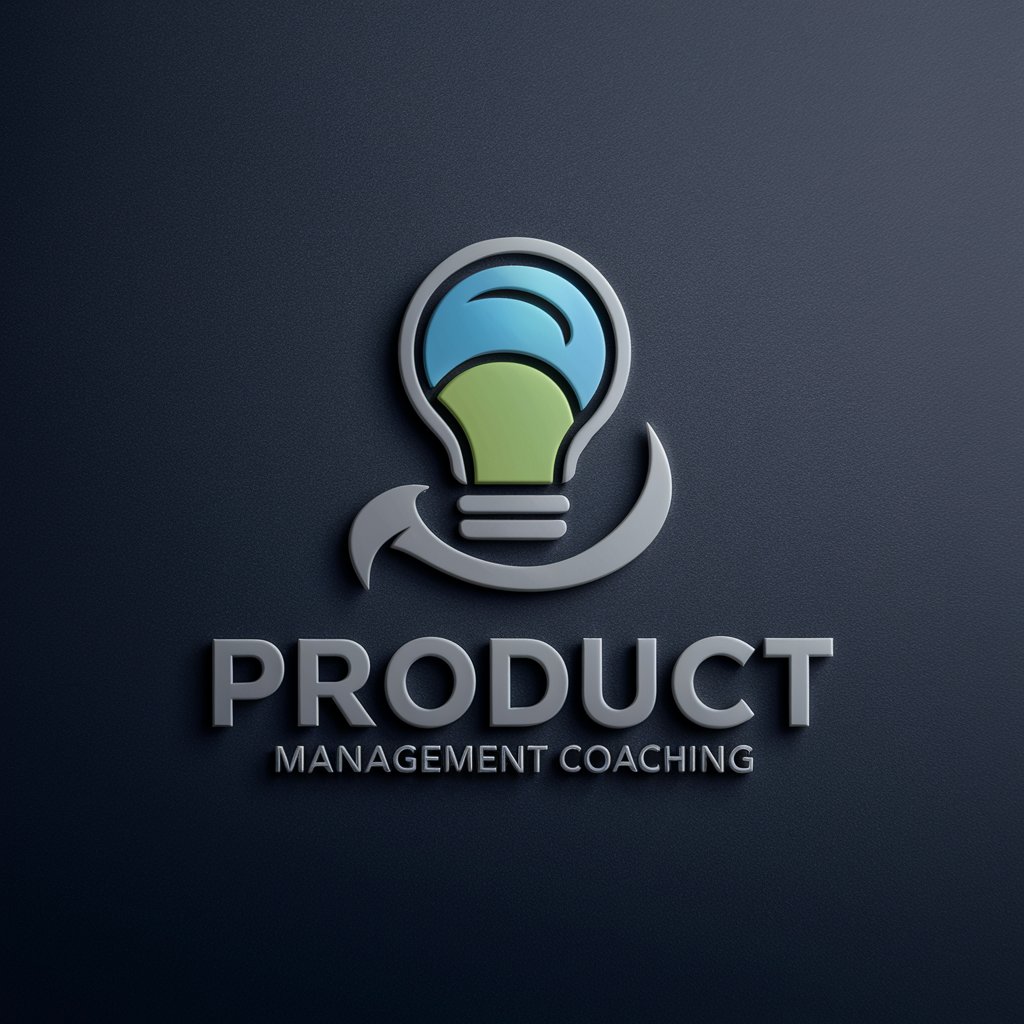
Jobs to be done Pro 🎯 | JTBD Analysis & Insights-JTBD analysis for user insights
AI-powered tool for uncovering what customers truly need

Jobs to be done Pro 🎯 conducts comprehensive JTBD analyses, helping users understand and map out the functional, emotional, and social dimensions of their target jobs. Identify job performers, articulate core and related jobs, uncover customer outcomes, a
🔍 Enter your subject you would like to analyze with the Jobs to be done - method.
ℹ️ Why I need to understand the 'Job to Be Done'?
💡 Discover more GPTs to supercharge your productivity!
Get Embed Code
IntroductionJTBD Pro Analysis Overview to Jobs to be done Pro 🎯 | JTBD Analysis & Insights
Jobs to be done Pro 🎯 is a highly specialized assistant built to apply the Jobs to be Done (JTBD) methodology in deep, structured, and practical ways. Its design purpose is to uncover the true 'job' a customer is hiring a product or service to do — going beyond surface-level needs to explore motivations, progress-making struggles, and success metrics. Unlike traditional market research tools that rely on demographics or persona-based models, JTBD Pro focuses on uncovering the functional, emotional, and social drivers behind decisions. A key strength of JTBD Pro is its ability to produce a structured JTBD Canvas, helping teams visualize and align around user needs with clarity. It guides users through a consistent, research-based framework, ensuring no part of the job — from triggers to desired outcomes — is overlooked. 📌 *Example Scenario*: A startup founder is building a fitness app and wants to understand why users choose to track workouts. JTBD Pro identifies that users aren’t just logging exercise—they’re seeking consistency, emotional validation, and social accountability. This insight redirects the product roadmap to focus on streaks, motivational feedback, and peerJTBD Pro Overview sharing — not just data logging.
Main Functions of Jobs to be done Pro 🎯
Job Mapping & Analysis
Example
For a company selling ergonomic chairs, JTBD Pro helps map the core job (e.g., 'Sit comfortably for long periods without pain') along with emotional jobs ('Feel professional while working from home').
Scenario
A DTC furniture startup uses this to understand that customers aren't just buying chairs—they're buying posture control and identity reinforcement, leading to product bundling with posture guides and workspace aesthetics.
JTBD Canvas Creation
Example
For a fintech app, JTBD Pro creates a JTBD Canvas that includes the triggering event ('Lost track of bills'), job performer ('Young adult managing first job'), success metrics ('Avoid late fees, maintain credit score').
Scenario
The product team refines features around proactive notifications and educational nudges instead of just offering transaction tracking.
Uncovering Underserved Needs & Innovation Opportunities
Example
For a meal delivery service, JTBD Pro reveals customers are not just buying convenience, but relief from meal planning fatigue and dietary decision anxiety.
Scenario
Marketing shifts from 'fast delivery' to 'we plan your week for you,' and new product lines offer themed weekly menus to reduce decision fatigue.
Ideal Users of Jobs to be done Pro 🎯
Product Managers and Founders
These users benefit by discovering deeper motivations behind feature adoption or churn. JTBD helps them make roadmap decisions based on actual jobs rather than assumptions or vanity metrics.
UX Researchers and Designers
JTBD Pro guides these professionals to design interfaces and flows aligned with the functional and emotional progress users seek. Instead of focusing only on usability, they now shape products around meaningful outcomes and jobs.
How to Use Jobs to be done Pro 🎯JTBD Pro Usage Guide | JTBD Analysis & Insights
1. Access without Login
Visit aichatonline.org for a free trial without login or the need for ChatGPT Plus. This allows you to explore the tool’s core features without any commitment.
2. Define Your Subject
Clearly state the subject or scenario you want analyzed using the JTBD framework (e.g., 'Subscribe to a fitness app'). The more specific, the better the insights.
3. Review the JTBD Breakdown
The tool will deliver a full JTBD Canvas including Functional, Emotional, and Social Jobs, along with Pain Points, Desired Outcomes, and Struggling Moments.
4. Use Iteratively for Depth
Refine or change your subject to explore different angles. You can run multiple analyses to capture the evolution of customer needs or to compare scenarios.
5. Apply the Insights
Use the results to inform product design, marketing messaging, innovation workshops, or UX audits. Pair with other GPT toolsJTBD Pro Usage Guide like 'UX Audit Pro' for maximum value.
Try other advanced and practical GPTs
台本クオリティチェッカー
AI-powered script evaluation for YouTube creators.

自我強度向上ちゃん
AI-powered goal coach with a smile

アンチコメント分析ちゃん
AI-powered anti-hate analysis with heart
French Teacher
AI-powered tool for mastering French conversation

要件定義ネイター
AI-driven assistant for defining software requirements

Lumos
AI-powered fluid design framework for Webflow

Market Research and Consumer Insights
AI-powered Insights for Smarter Business Decisions

Financial Statement Analyzer
AI-Powered Financial Insights Simplified.

Trader GPT
AI-powered trading insights with real-time data

5e Developer
AI-driven tools for building immersive 5e adventures

aiogram 3 Developer
AI-powered helper for building Telegram bots

Odoo developer
AI-powered ERP solutions for businesses

- Market Research
- Product Design
- UX Strategy
- Innovation Sprint
- Customer Insight
Top 5 Questions About Jobs to be done Pro 🎯 | JTBD Analysis & Insights
What makes this JTBD tool different from other AI tools?
Jobs to be done Pro 🎯 uses a structured JTBD Canvas method aligned with professional innovation practices. Unlike generic AI chats, it maps Functional, Emotional, and Social Jobs with specific use-case clarity, uncovering unmet needs and helping shape product strategies.
Can this tool be used for B2B as well as B2C products?
Yes, the JTBD methodology works across B2B and B2C contexts. For B2B, it’s especially useful in uncovering workflow friction, job inefficiencies, and procurement motivations. For B2C, it can identify emotional drivers and routine struggles.
Do I need to know JTBD theory beforehand to use this?
No prior knowledge is required. The tool guides you through the process and translates abstract JTBD theory into clear, actionable insights. However, understanding the basics of 'Jobs, Outcomes, and Struggles' can enhance your interpretation.
How can I use this for innovation workshops or product sprints?
Feed the output directly into ideation sessions. The identified Job Statements and Outcome Expectations can be used to frame 'How Might We' questions, inspire solution generation, and validate user needs during Design Thinking or Agile sprints.
Can I analyze services, not just products?
Absolutely. JTBD is well-suited to analyzing services—like booking a vacation or using a payment gateway—by understanding what progress the user seeks, what frictions exist, and what emotional or situational contexts shape the experience.





